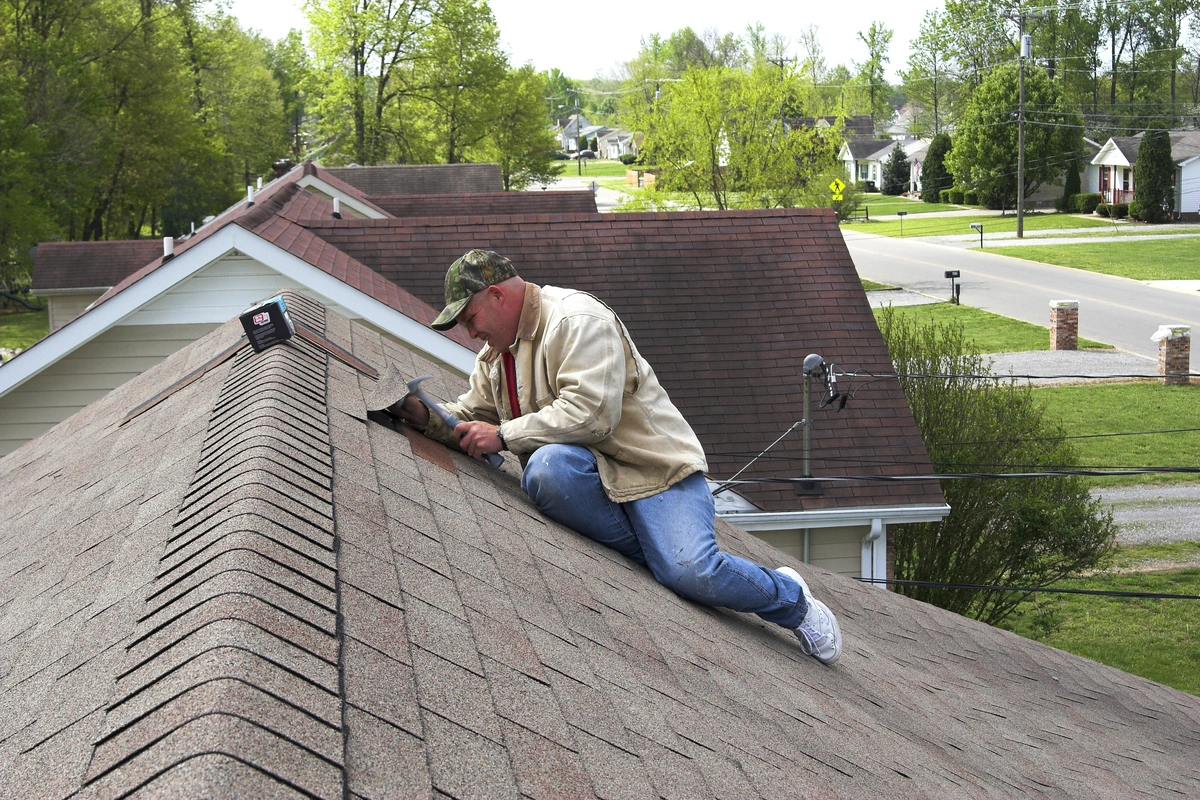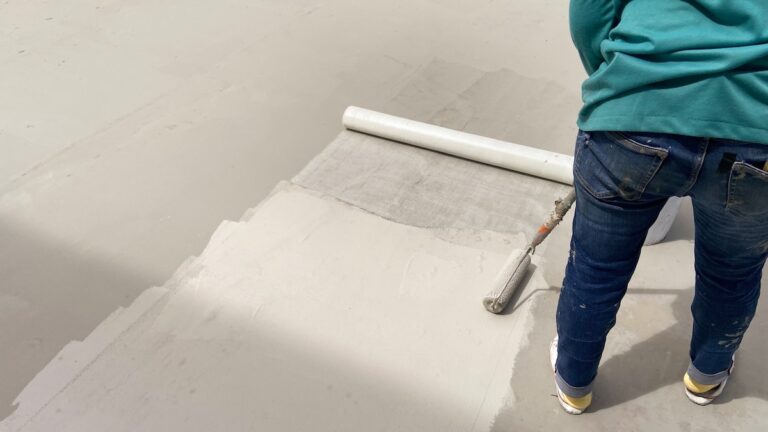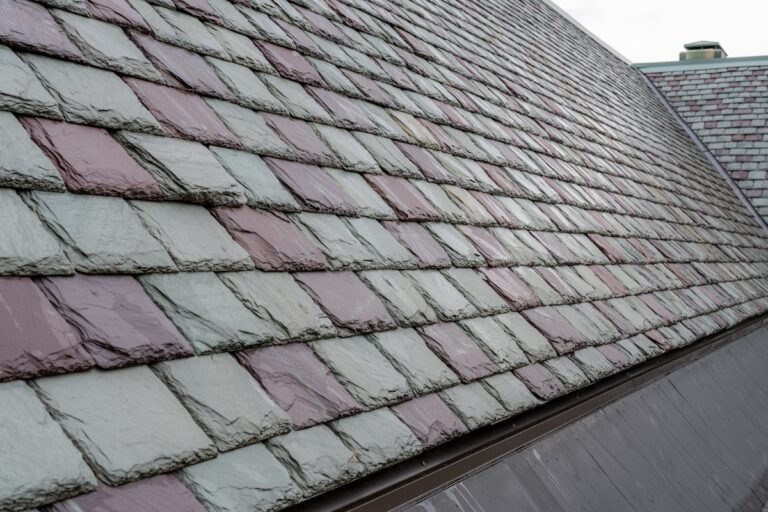When it comes to maintaining your home, the roof is one area that demands attention. While some homeowners may prefer to hire professionals, others enjoy the challenge and satisfaction of tackling roof repairs and maintenance themselves.
If you’re a DIY enthusiast looking to take care of your roof on your own, it’s crucial to understand the importance of safety and the essential roof safety equipment you’ll need. This article will walk you through:
- The reasons to consider DIY roof work
- The critical role of safety equipment
- The best safety gear to invest in
- When it’s wise to call in a professional
Why You Might Want to Take Care of Your Roof on Your Own
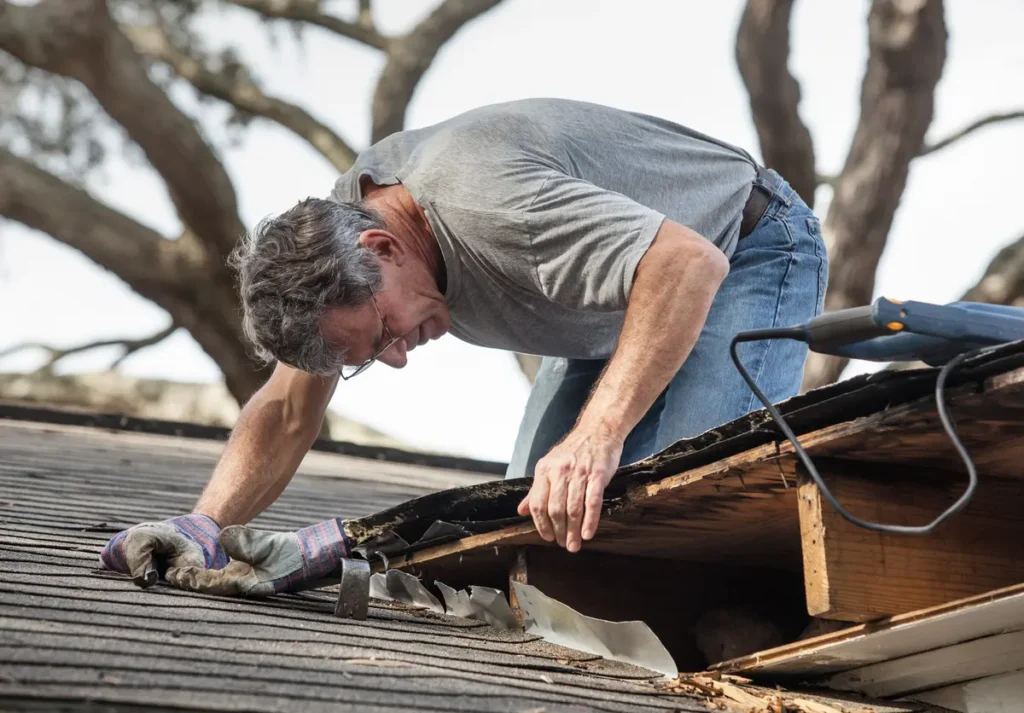
Taking care of your roof as a DIY homeowner offers several benefits. Here are some reasons why you might consider rolling up your sleeves and doing the work yourself:
- Cost Savings: One of the most significant advantages of DIY roof maintenance is the cost savings. Hiring professionals can be expensive, especially for minor repairs or regular maintenance tasks. By taking matters into your own hands, you can potentially save a substantial amount of money.
- Sense of Accomplishment: There’s a unique sense of satisfaction that comes from completing a home improvement project with your own hands. Maintaining or repairing your roof can be a rewarding experience, boosting your confidence and self-reliance as a homeowner.
- Increased Property Value: Regular roof maintenance not only ensures the longevity of your roof but also enhances the overall value of your property. A well-maintained roof adds curb appeal and can positively impact the resale value of your home.
- Flexibility and Convenience: DIY roof work allows you to tackle tasks on your own schedule. You don’t have to wait for a professional’s availability, and you can address urgent issues as they arise.
Why Safety Equipment is Hugely Important
While DIY roof work has its perks, it’s essential to emphasize the critical importance of safety. Roofs can be hazardous places, and accidents can happen even to the most experienced individuals. Investing in the right safety equipment is not just a recommendation; it’s a necessity. Here’s why safety should always be a priority:
Risk of Falls
One of the most significant dangers of working on a roof is the risk of falling. Even a minor slip can lead to severe injuries. Roof safety equipment, such as harnesses and anchor systems, helps mitigate this risk by providing stability and preventing falls.
Protection from Weather Conditions
Weather conditions can be unpredictable, and working on a roof exposes you to the elements. Quality roof safety gear ensures you are protected from rain, wind, and extreme temperatures, allowing you to focus on the task at hand.
Preventing Tools and Debris from Falling
When working at heights, tools and debris can accidentally fall, posing a risk to those below. Roof safety equipment, such as tool lanyards and debris nets, helps keep everything secure and prevents accidents.
Legal and Insurance Requirements
Using the right roof safety equipment is often a legal requirement, and failure to comply can result in fines or penalties. Additionally, many insurance policies require homeowners to adhere to safety standards when performing roof work.
The 5 Best Roof Safety Equipment to Invest In
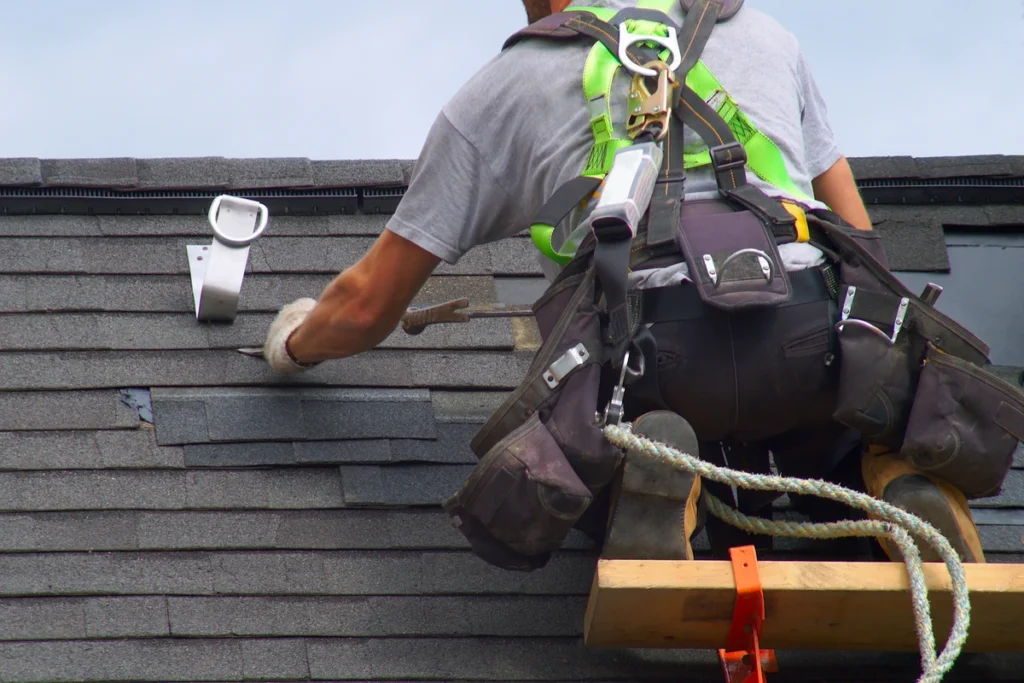
Investing in top-quality roof safety equipment is non-negotiable for any DIY homeowner planning to undertake roof maintenance or repairs. Here’s a rundown of essential gear you’ll need to ensure a safe and successful project:
1) Safety Harnesses and Lanyards
- Safety Harnesses: These are essential for preventing falls from heights. Look for harnesses that meet safety regulations and offer adjustable features for the best fit.
- Lanyards: These connect your harness to an anchor point, providing an added layer of security. Shock-absorbing lanyards are recommended for minimizing the impact of a fall, reducing the strain on your body.
2) Anchoring Systems
- Roof Anchors: Roof anchors are a crucial component of a fall protection system. They provide a secure point to attach your lanyard and harness, ensuring you stay safe.
- Temporary and Permanent Anchors: Depending on the frequency of your roof work, you can choose between temporary or permanent anchoring systems. Temporary anchors are portable and ideal for occasional roof maintenance, while permanent anchors are a more permanent solution for frequent work.
3) Roof Walkway Systems
- Walk Boards and Platforms: These provide a safe path to walk on while working on your roof. They distribute your weight evenly and prevent you from damaging roof surfaces.
- Guardrails: Guardrails are beneficial for keeping you safe when working near roof edges. They create a barrier that minimizes the risk of accidental falls.
4) Personal Protective Equipment (PPE)
- Hard Hats: Protect your head from falling objects and accidental bumps.
- Non-slip Footwear: Shoes with non-slip soles provide stability and reduce the risk of slips or falls.
- Gloves: Quality gloves protect your hands from cuts, abrasions, and exposure to harsh weather conditions.
5) Debris Management Tools
- Debris Nets: These nets prevent tools and debris from falling off the roof and causing injuries below.
- Tool Lanyards: Attach your tools to your harness to prevent them from accidentally dropping during work.
When to Rely on a Professional
While DIY roof work can be rewarding and cost-effective, there are situations when it’s best to call in the professionals. Here are some instances where hiring an expert is the safer and smarter choice:
Extensive Repairs or Replacements
If your roof requires extensive repairs or a full replacement, it’s wise to hire professionals with experience and expertise in handling complex tasks. They have the knowledge and tools to complete the job efficiently and safely.
Lack of Experience
If you’re a novice when it comes to roof work, it’s advisable not to take on tasks beyond your skill level. Roofing can be dangerous, and without the proper experience, you may inadvertently cause more harm than good.
Working Conditions
If you encounter challenging working conditions, such as extreme weather or high altitudes, it’s safer to leave the job to professionals who are accustomed to handling such situations.
Structural Issues
If you suspect structural issues with your roof, it’s crucial to have a professional inspection. They can assess the situation and recommend the appropriate repairs or reinforcements.
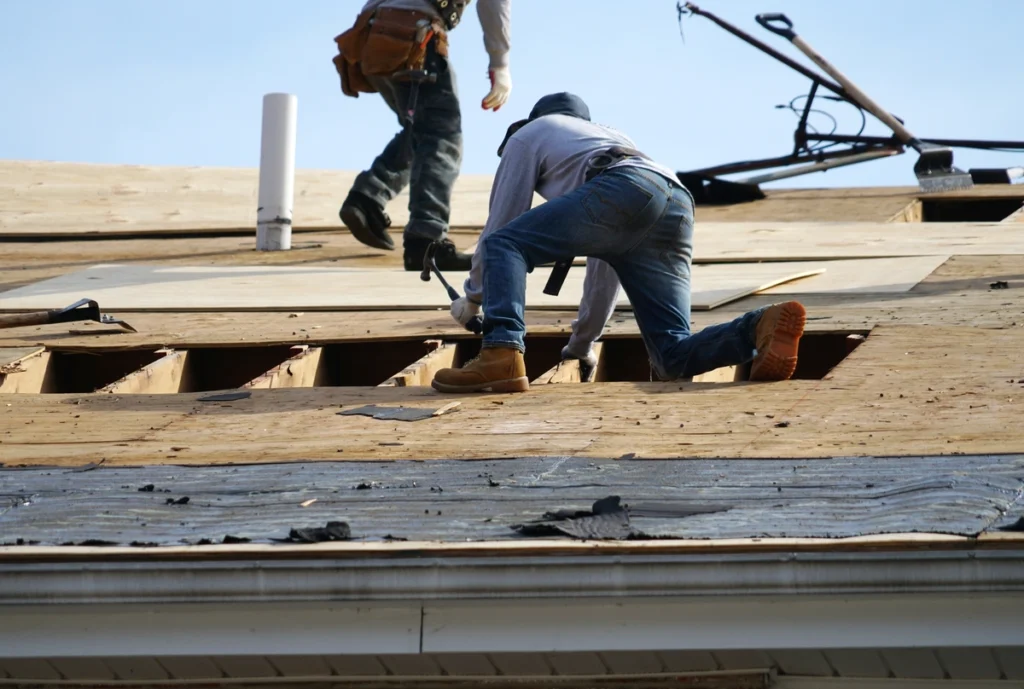
Let Us Take Care Of The Roof Safety Kits
Taking care of your roof as a DIY homeowner can be a fulfilling experience that saves money and enhances your property’s value. However, safety should always be your primary concern. Investing in the right roof safety equipment is essential to protect yourself and others while working at heights. Remember, a well-maintained roof starts with the right safety measures.
If you find yourself faced with a complex roofing task or if you’re unsure of your abilities, don’t hesitate to reach out to Johnson Restoration. We have the expertise and tools to ensure the job is completed safely and efficiently.
By following these guidelines and using proper roof safety equipment, you’ll be better prepared to tackle your roofing projects with confidence and peace of mind. Start your next DIY roofing adventure responsibly, and ensure your roof remains in top condition for years to come.
